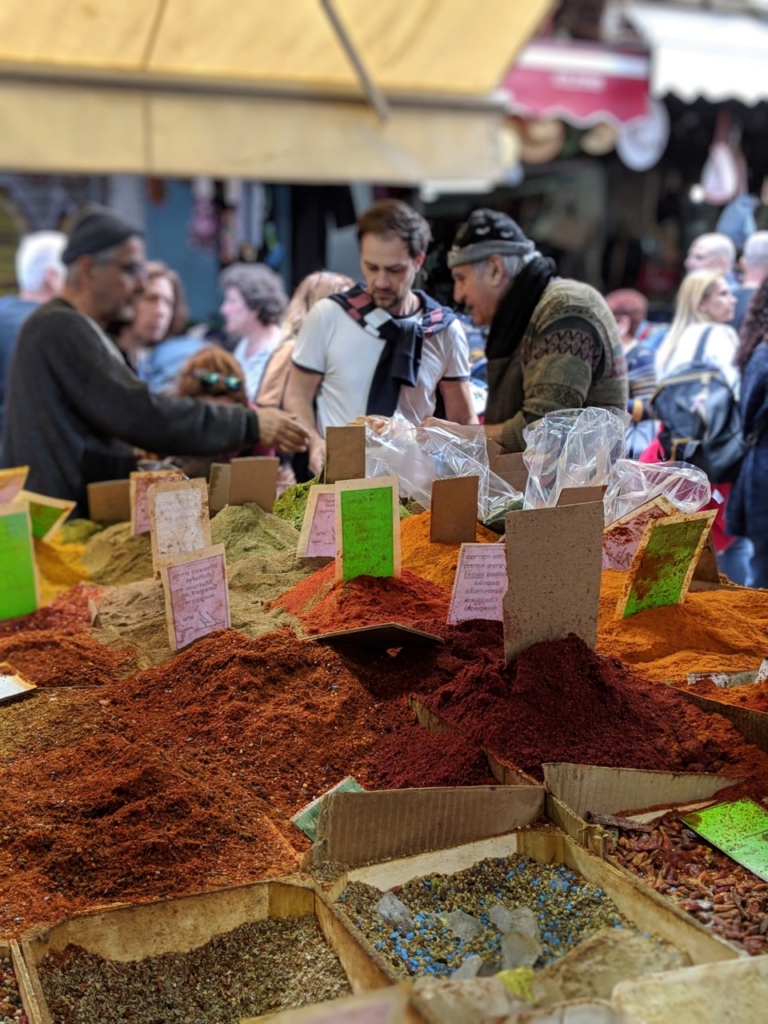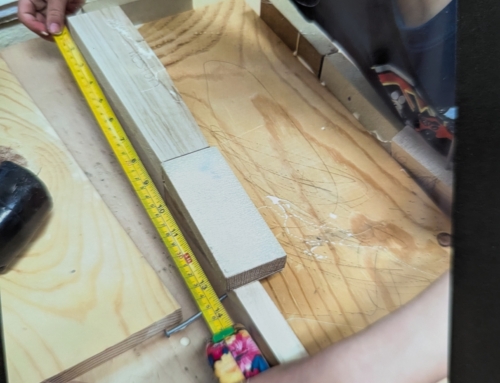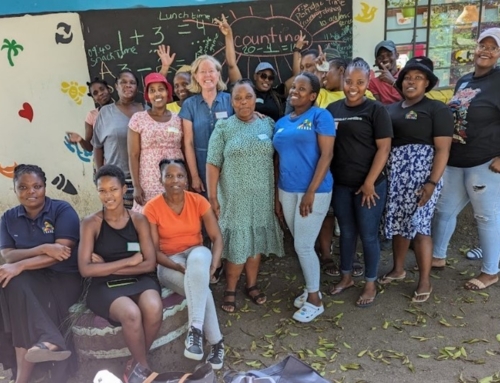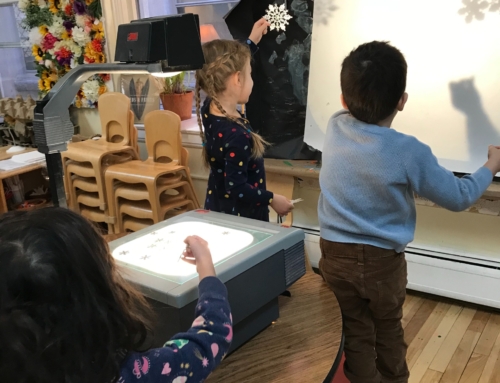May 15, 2020
By: Kim Siffring, Director of Montview Community Preschool & Kindergarten
While walking at Carmel Market in Tel Aviv, I was beckoned by many spice merchants to come and try their spices. The smells were exotic and inviting, the presentations were beautiful mounds of emerald, red, ocher, burnt sienna, and gold colors just wanting to be experienced. It wasn’t until a middle-aged woman with kind, but purposeful brown eyes took me by the hand did I take anyone up on their invitations. Once I was inches from the table, she tilted my palm upwards and poured two tablespoons of spices into it. As my hand warmed the spices, the aroma rose and gave me the sensual nudge to lick my forefinger from my other hand, lightly tap the spices, and put some in my mouth. The taste was magnificent! I ate it all and wanted more. Until my hands were washed, the smell and residual colors were there to remind me of the physical experience that engaged all five of my senses.
What has stayed with me since that day was my complete surprise by the quantity of spices for sale at the market, the amount that fell to the ground, and the generous giving of TWO TABLESPOONS as a sample. My Colorado upbringing experienced discord with my experience at the market; spices are always available, but never in the quantities I saw in Israel. Here they are sold in small glass containers hermetically sealed from the elements and never completely used before they lose their potency. To say my relationship with spices was based on scarcity would be accurate.
Just as all my senses were engaged, my philosophical and professional thoughts were being stretched. Questions abound: How many things in life are done from either an abundant or scarcity point of view? How do we rightfully approach early childhood education from both sides? Even from the far east end of the Mediterranean Sea my thoughts of early childhood education, how young children learn and how we teach them pulsed through my mind like a sine wave.
It wasn’t a mental leap to replace the lavish world of spices, to young children’s need for plenty in every part of their lives. True, but where does the scarcity part of the equation come in? It comes from knowing the first eight years of life is fleeting, and never again do children get the chance to learn through play and begin to hone their understanding of their social emotional lives. It isn’t never ending. At times society screams for us to cut those eight years short…rushing young children to grow up faster, but we must ignore those calls! Currently in young children’s lives we are the brown eyed, kind and purposeful adults that places their need of abundance onto the palms of their hands. Like a gift from the magi, our most prized possession is being able to give what children need.
We can and must give them time. Time to learn how to put on their snow gear, down time to figure out what they want to do. Lots of uninterrupted time! Young children need to have the liberty to try things many times over and in many different forms to learn what works for them. Patience is another form of time given during these years. Not fast or easy to give at times.
They need a lot of supplies during these early years. Ever notice how much glue children use, how much paint can stay on a piece of paper, let’s not forget about the yards and yards of tape that is used at any opportunity, they go through clothes and food at a pace that is at times hard to imagine, and with it being winter they are always losing a glove or two.
They need to know they are loved and accepted as they are. This is the most important abundance they need and when they have that as their foundational base, they have internal understanding of knowing they can do ANYTHING!
When we lavish children with time, supplies, and acceptance we are doing all we can to ensure they are ready for their next steps. May their next steps be full of the reminders that they are worth the plentitudes that life brings.
Thanks for letting Montview give you and your children abundances during this season of your lives.






